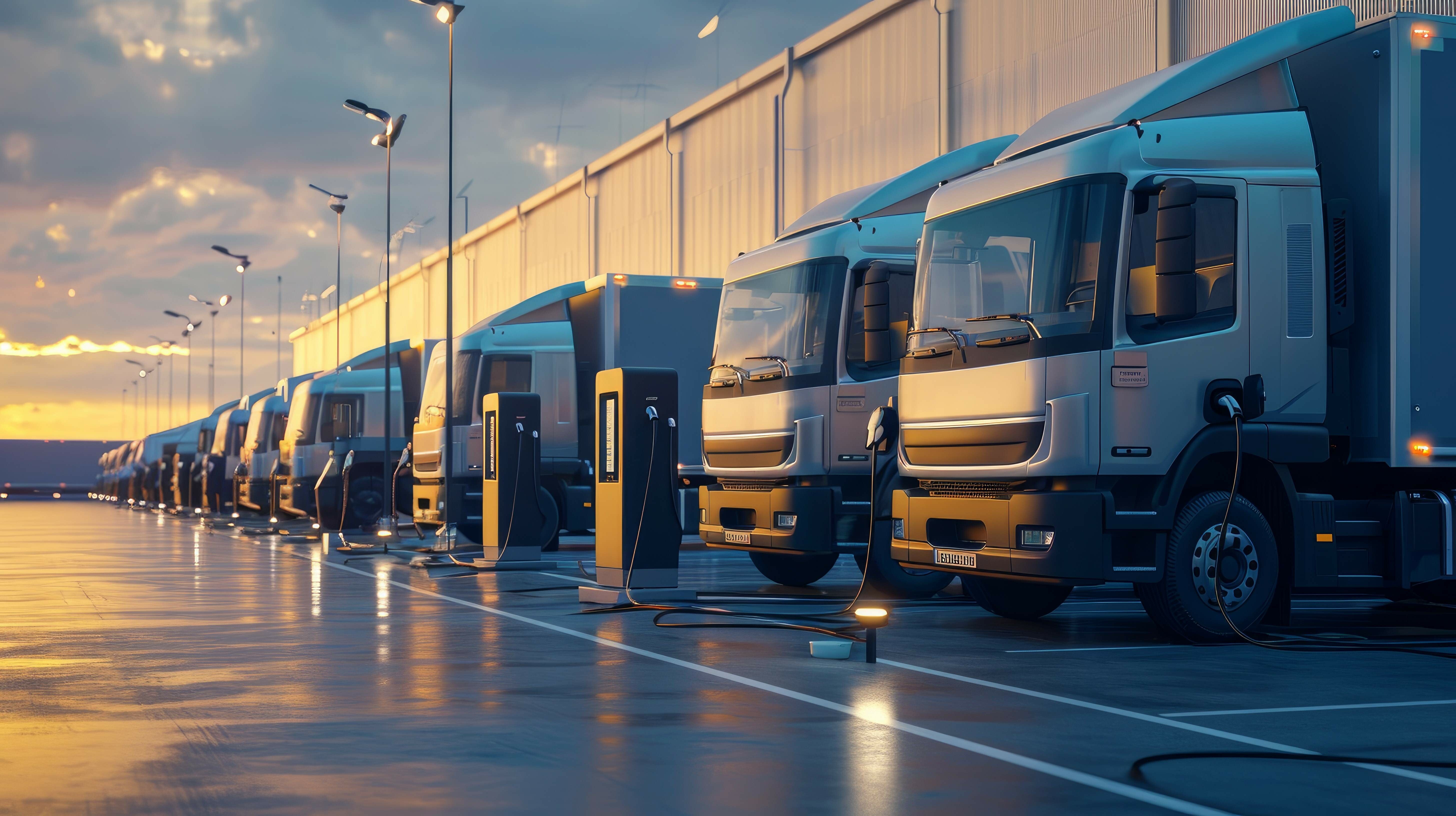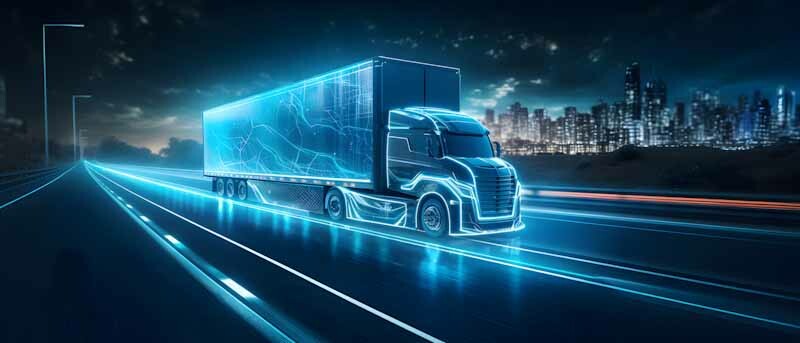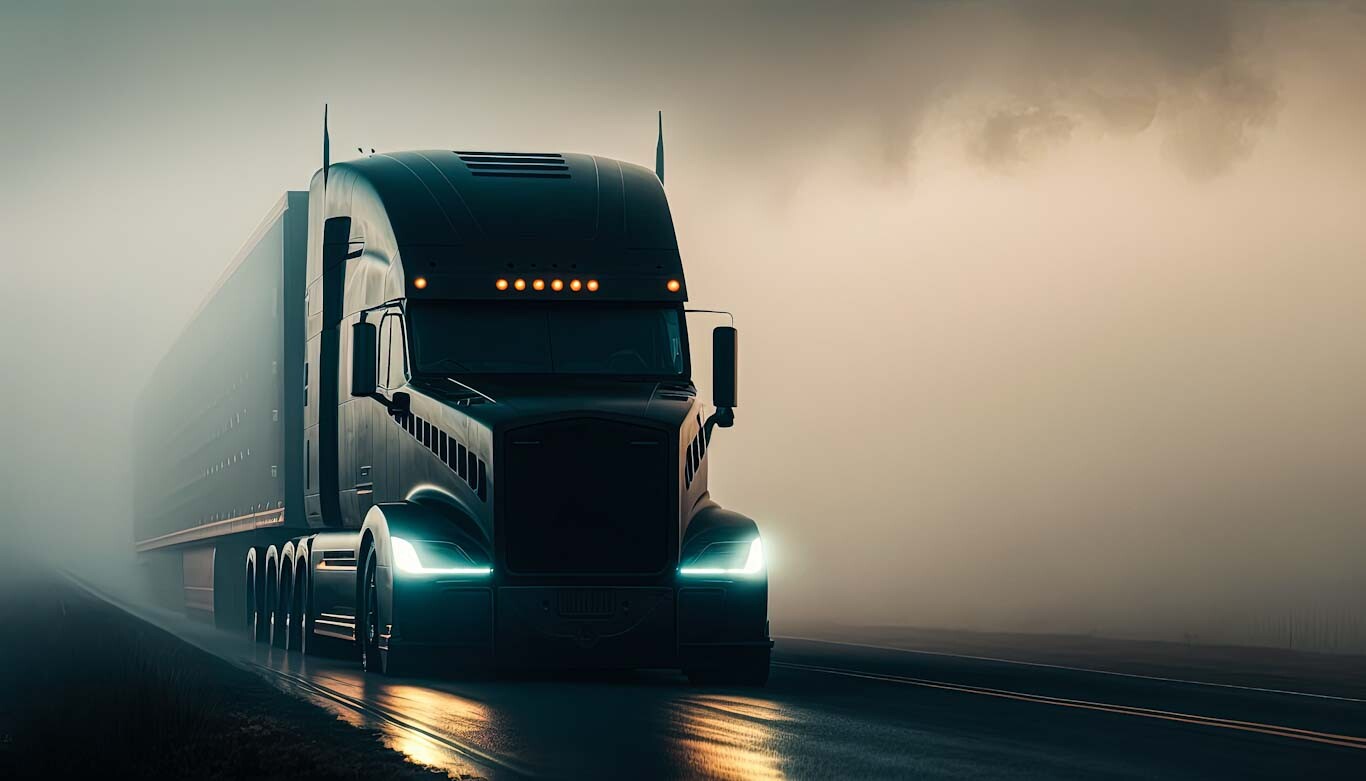Will self-driving trucks replace millions of drivers?
May 13, 2018 in TechnologyThe trucking and logistics industry is entering a period, which some people find exciting and others call it disruptive. It is the period of self-driving trucks, a period in which propulsion systems, driving processes and fuels itself are the subject of a debate. But will the modernization of the trucking industry, the integration of self-driving trucks and automated processes lead to marking the human truck driver as obsolete?
That is an actual possibility, according to the Trucking: The First Frontier panel at the Future of the Automobile symposium presented last week at the Petersen Automotive Museum in Los Angeles.

Doug Bloch, political director for Teamsters Joint Council 7 says “Everywhere I go I hear people talking about a robot apocalypse, about 4 million transportation workers losing their jobs in the next five to 20 years.”
However, the chances are technology will make life easier and safer, but will also create more opportunities for people who want to work in the transport sector. Bloch states that right now, we have the opportunity to evolve our relationship to technology – after all, people evolve all the time, since the first person who rubbed two rocks together to create fire. But it is still hard to predict the rates of evolving and integration of new technology.
“We know where we’re headed. We see where we’re going. The question is how fast will we get there,” said Paul Rosa, senior vice president of procurement and fleet planning for Penske Truck Leasing.
Rosa also says that the desire to maintain or improve service levels is the main reason for the slow integration of new technology. Testing and development is a serious part of the process and it can’t be overlooked.
Autonomous vehicle operation is seen as the key to solving the driver shortage problem, which the trucking industry is facing. Rosa says that the shortage will probably get worse and the industry should turn to technology for help.
However, due to the immediate driver shortfall and the quite lengthy time needed for full autonomous vehicles operations to become common, the new technology will not have much or probably any effect on short-term employment. Fully autonomous trucks with autopilot capabilities are still two to three decades away from development and approvement for the open roads. Until then, the industry is still going to rely on drivers.
The important thing to do here, says Bloch, is to keep an open mind. Yes, the workforce feels threatened by all the apps or tools that seem bound on replacing people, but the modernization of transportation and logistics will offer new job opportunities. “They see it coming. There is anxiety, but there is also excitement about how this technology might make their jobs better, might make them safer, might increase their earning power.”
According to a study by the Center of Automotive Research – self-driving vehicles will account for less than 4 percent of new-vehicle sales by 2030. However, this percentage may rise to nearly 55% by 2040.
So, to sum it all up, the trucking technology is evolving pretty fast, but the so called “robot appocalipse” is far and will still need to pass a lot of development milestones and quality requirements test, before taking the job of the human truck driver.



